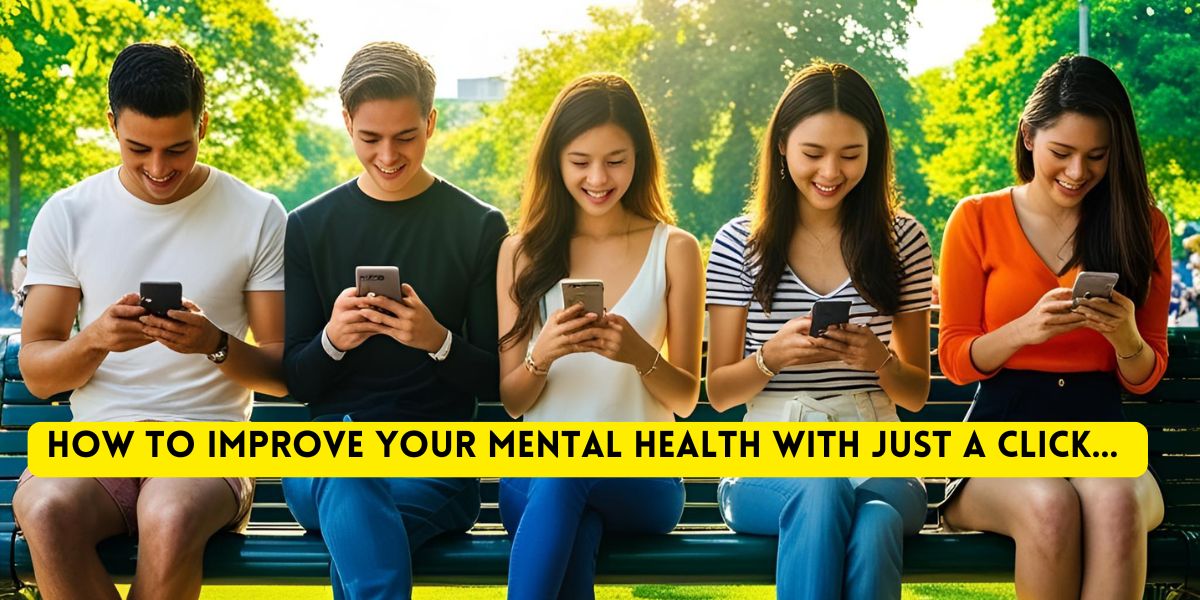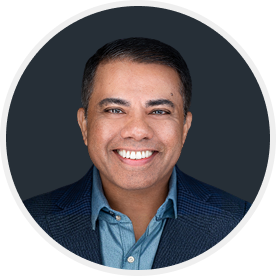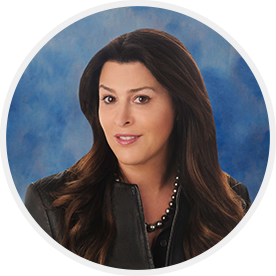Written By Dr. Julie Radlauer, LMHC
Did you know that recent figures show 88.2% of the US population utilizes social media? Further, 90% of this percentage actively engages with and contributes to multiple social media platforms. Unfortunately, research demonstrates that both adult and youth social media users report greater mental distress.
So why is this so important?
According to the World Health Organization, depression and anxiety have increased by 25% in the past two years. While this is largely due to the pandemic, many of the changes were in motion prior to Covid and resulted in a lack of social connection. In the short term, the social media platform was useful and necessary, however, in the long term, continued heavy usage (more than 3 hours per day) results in the increased mental health conditions we are seeing today.
People often ask how does social media results in depression? There are also some physiological reasons that we should be aware of. This is how social media impacts the brain…
-The average person spends over 3 hours on their phone each day, including approximately two and a half hours on social media.
-Research shows that doing anything repeatedly for extended amounts of time causes physiological changes in the brain.
-Social media does something called “capture and scatter” your attention, meaning when we hit refresh, constant new information enters your brain. Thus, you are constantly excited and rewarded to see new information and posts.
-Studies show this ability to capture your attention is detrimental to your brain.
-Heavy social media users perform worse on cognitive tests, lose their ability to multitask, need to exert more effort to stay focused and actually lose memory. In fact, heavy social media use actually shrinks parts of the brain and effects the neuroplasticity of the brain.
-Further, social media makes you addicted to your screens. It provides immediate rewards in the form of a dopamine release (the happy hormone) every time you post or get a notification from the app.
-This constant barrage of shallow rewards rewires your brain to want more of what caused that dopamine release, which leads to social media addiction.
-This also means that when your brain does not get the dopamine release, you experience sadness.
There are multiple studies looking at the brain and what social media usage looks like.
Did you know…. Studies show that the brain scans of heavy social media users look very similar to those addicted to drugs or gambling. Further, those who use multiple social media platforms have substantially higher odds of having increased levels of both depression and anxiety symptoms (Primack, et.al, 2018).
What Parents should know about how social media impacts the littles
While social networks do connect us, they often also distract us from connecting with those right in front of us, leaving many feeling disconnected and isolated. In fact, 32% of children report feeling “unimportant” when parents use their phones during meals and family time.
Parental use of mobile devices during playtime with their children can lead to significant levels of child distress. A study of 50 infant-mother pairs indicated that infants showed greater unhappiness, fewer positive emotions, and were significantly less likely to play with toys when their mothers looked at their devices for as little as 2 minutes (Myruski et al, 2017)
The American Academy of Pediatrics updated their media guidelines for younger children taking into consideration that neural pathways are forming in younger years and translate into later developmental results. These guidelines include:
-For children under 18 months, no screen time
-For children 18-24 months, parents should choose only high-quality media and watch it with their child
-For children 2-5 years, less than one hour per day of high-quality programming is recommended with parental supervision.
So, what can we do about it?
Perhaps these statistics make you feel like there is nothing we can do to overcome this fast-moving bullet train of technology? The good news is that in a 2020 study, just one month away from Facebook lead to a significant improvement in emotional well-being. Researchers studied over 1,600 American one hour per day Facebook using adults and deactivating their Facebook accounts led to a significant increase in emotional well-being. This well-being included a reduction in loneliness and an increase in happiness (Allcott et al, 2020).
This study is that it shows that we can detoxify our minds and then move forward from there. Perhaps this looks like deleting the apps from your phone. Or maybe for you, just removing the notifications will help. For others, allowing themselves scheduled times of the day to check-in on social will do the trick. If these data points have troubled you, make a plan and do something about it. For me, I deleted notifications on all social media.
Some practical tips:
-Do a check in to see how you are connecting with social media. For your children, lean in to see how they are connecting on social media. Maybe even connect through social media- start the conversation with “show me what you’re watching on TikTok”. Then share something what you found funny on social.
-Talk about frequency…don’t be a hypocrite. If you walk around with your phone in your hand most of the time, take stock. Also, don’t expect that your children will do anything differently. Yes… we use it for work, yes….we are adults, yes…we pay for the service and the phones, AND YES….we can all be more present!
-Moderation is the key- we are all probably addicted at this point so doing something different will be hard. Go slow, be kind to yourself, be a good role model for the behavior you want to see and celebrate the success.
-Try to assess usage and purpose. Different people are using social media differently. Are you/they watching videos or actively involved and posting regularly. Talk about how social media makes them feel- connected or anxious? Ask them if they wished they were doing something differently around their social media input and output?
-Identify alternative ways to connect. Rather than everyone going their separate ways in the evening, schedule a walk in the neighborhood or family game night- yes, even teens are up for family game night with actual board games.
Ultimately, social media is here to stay so we need to find a way to balance the benefits and risks associated. Our world has become more accessible, and we can connect with people near and far. It’s important to keep in mind that we need to focus on living in the tangible world as well as the virtual world. Having authentic connections with people will support better mental health. According to U.S. Surgeon General Vivek Murthy, “What often matters is not the quantity or frequency of social contact but the quality of our connections and how we feel about them”
Some additional resources about social media
-Family Resource Center (Child Mind Institute)- Media Guidelines for Kids of All Ages https://childmind.org/article/media-guidelines-for-kids-of-all-ages/
-NetSmart- Child online safety https://www.netsmartzkids.org/
-Parent’s Ultimate Guide from Common Sense Media https://www.commonsensemedia.org/parents-ultimate-guides
About the Author
Dr. Julie Radlauer is a leading expert in the social influences of mental health and uses her experience to create impact within communities, systems, organizations, and individuals. She has extensive experience in behavioral health, public health, and organizational development and speaks internationally, is a TEDx speaker, and a published best-selling author.
Websites:
collectivelyus.org
julieradlauer.com
Social Media Handles:
https://www.linkedin.com/in/julie-radlauer-doerfler-drph-lmhc/
https://www.facebook.com/profile.php?id=100077717883180
https://www.instagram.com/collectively_us/
https://www.youtube.com/@collectively-us
Book and TEDx:
CONNECT.Book: https://www.amazon.com/CONNECT-Ways-Create-Happiness-Your/dp/B0CGM51W8Q
TEDx: https://www.youtube.com/watch?v=_v9nJlVvKFs






































